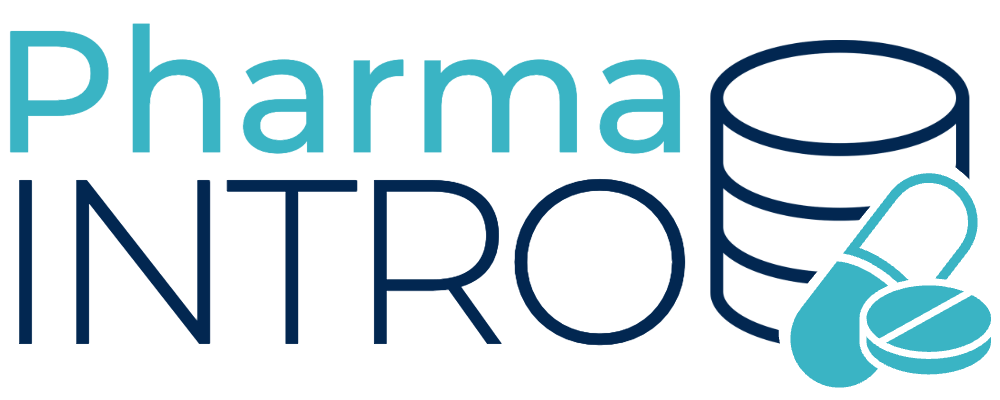The process of making a drug is a complex and multi-stage process that typically takes several years and involves numerous steps, including discovery, pre-clinical development, clinical trials, and regulatory approval. Here is a brief overview of the drug development process:
- Discovery: The first step in drug development is the discovery of a new drug candidate. This typically involves identifying a potential target for the drug and conducting research to find a molecule or compound that can interact with the target.
- Pre-Clinical Development: Once a promising drug candidate has been identified, it undergoes pre-clinical development to test its safety and efficacy. This involves testing the drug in laboratory and animal models to determine its pharmacological properties, toxicity, and potential side effects.
- Investigational New Drug (IND) Application: If the pre-clinical testing is successful, the drug developer submits an IND application to the regulatory agency, such as the US Food and Drug Administration (FDA), to begin clinical trials in humans.
- Clinical Trials: Clinical trials are conducted in three phases to test the safety and efficacy of the drug in humans. Phase 1 trials involve a small number of healthy volunteers to determine the safety of the drug. Phase 2 trials involve a larger group of patients with the disease or condition that the drug is intended to treat, to determine its effectiveness and dosage. Phase 3 trials involve a larger group of patients and are designed to confirm the safety and efficacy of the drug.
- New Drug Application (NDA): If the clinical trials are successful, the drug developer submits an NDA to the regulatory agency to obtain approval to market the drug. The NDA includes data from the pre-clinical and clinical studies, as well as information about the manufacturing process and proposed labeling for the drug.
- Manufacturing: Once the drug has been approved by the regulatory agency, it can be manufactured for commercial use. This involves developing a scalable manufacturing process, testing the quality and consistency of the drug, and producing the drug in large quantities.
- Post-Market Surveillance: After the drug is on the market, the drug developer must monitor its safety and efficacy through post-market surveillance studies and adverse event reporting.
Overall, the process of making a drug is a complex and highly regulated process that requires significant investment and expertise in research, development, and manufacturing. The goal is to develop safe and effective drugs that can improve the health and well-being of patients with unmet medical needs.

